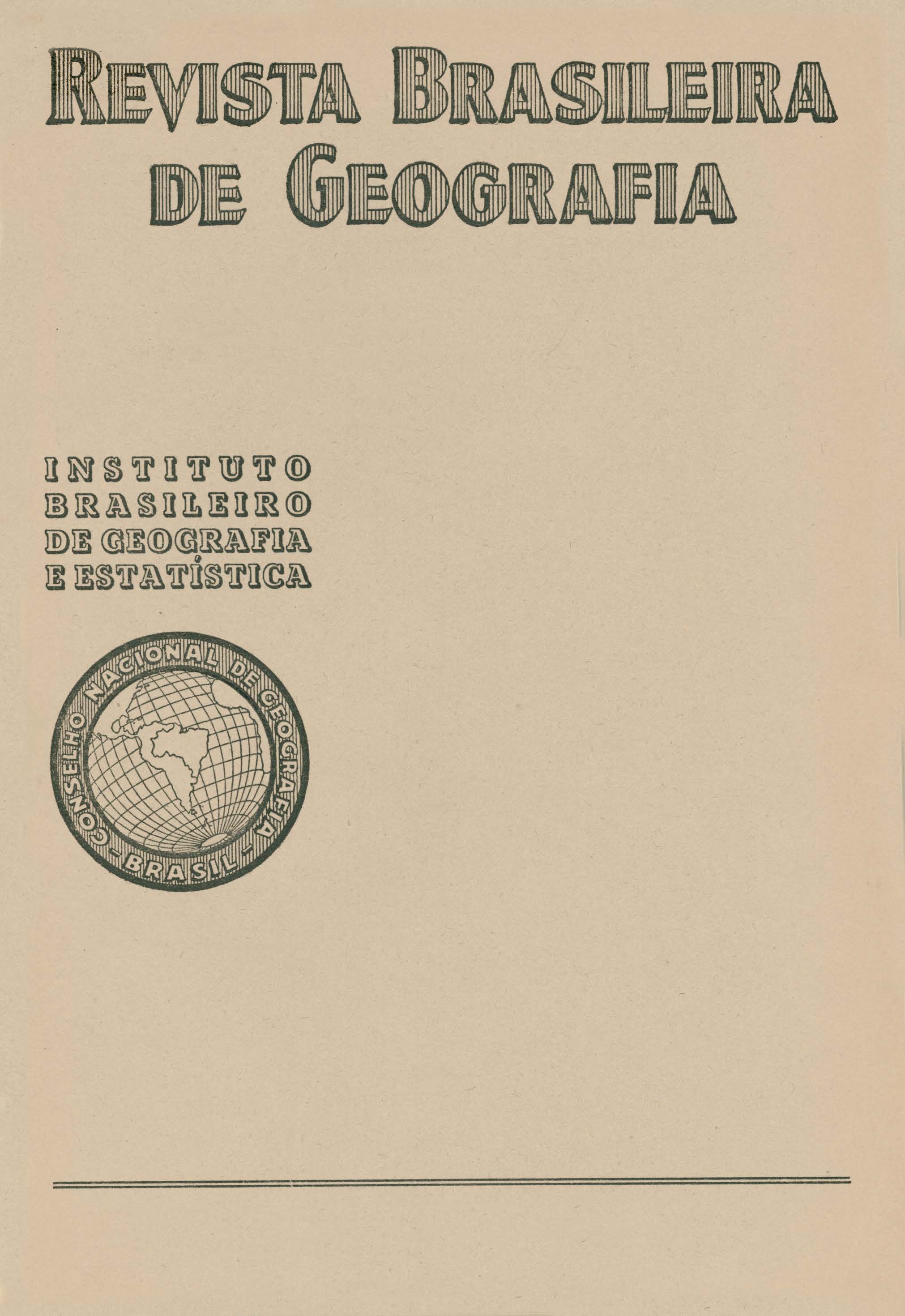Observações sobre o problema da divisão regional
Palavras-chave:
Geografia política;, Divisões territoriais e administrativas.Resumo
The author begins his explanations by describing the twofold nature of the geographic methods used in the study of a given country: on the one hand, analytic as in General of Systematic Geography, whereby the different phenomena are grouped in distinct categories according to their nature, and on the other hand, predominantly synthetic, as in Regional Geography, which comprises a successive study of the various parts into which the earth's surface can be subdivided. The author draws attention to the fact that most Geographers agree that the geographic point of view is most clearly presented in Regional Geography. All geographic research leads up to Regional Geography and the fundamental problem consists in the individualization of the parts or territorial units to be studied.
It is pointed out that regional studies have been carried out since antiquity, but based upon political divisions that were administrative, arbitrary and unstable. A reaction against this criterion began to take shape towards the middle of the nineteenth century in attempts to found such studies on "natural regions", created by Nature herself. The long evolution through which the notion of "natural regions" has passed is carefully examined. At first it embraced everything that. as "natural", was opposed to "artificial", i.e. administrative; after that, "natural regions" came to be considered as strictly confined within the watertight compartments of river basins; later they were made to correspond to· geological provinces or those of any other isolated physical element. Gradually the concept of "natural region" emerged as having to be based on a complex of factors, studied in their multiple interrelationship. As time went by, a distinction was made between the various types of natural region: "elementary" (characterized by a single phenomenon); "complex" (areas on which various elementary regions are superimposed); and "integral" (combinations of complex regions), he term "natural" also evolved becoming a synonym of non-human, natural regions often being rharalterized merely by their physical features and set apart from human or cultural regions, defined by elements traceable to man and his activities. One question posed by the author is of capital importance: Are the regions units that really exist in nature, distinctly individualized? The extreme variation prevailing on the surface of the globe make such an affirmation unlikely, it is very hard to verify the existence of regions as objective entities. This being so, regional settings are subjective entities, useful to a comprehension of reality, but by no means absolute in character and varying with the criteria observed and the ends in view. This means that the regions are "mental constructions", implying a certain distortion of reality, necessary however, to an understanding of that same reality.
The author then proceeds to tackle the problem of regional division, establishing the concept that "each region is a stretch of the earth's surface endowed with a certain homogeneity in the various aspects it presents". In, tracing the natural regions, the separation is made in successive stages: an initial division gives extensive regions, which are subseguently split up into smaller ones, and so on until units are reached that are approximately homogeneous. The elements chosen for this division will be the most important, those that give the characteristic touch, the leading factors in the choice of which much that is subjective or personal intervenes. Another difficult problem is the delimitation of the regions, but once they have been individualized they are recorded on the map, diagrammatically and arbitrarily outlined. The breaking up of the large areas into small homogeneous regions can be effected by subdivision or by grouping. At times, different zones are grouped in the same region, as in the Northeast of Brazil, where the "mata" and the "sertão", contrasting zones, have a complementary relationship derived from human interests. Another problem resides in the denomination of the regions.
The author finally observes that, though the regions ought not to be subordinated to political and administrative boundaries, yet at times regional divisions follow the administrative layout for practical didactic purposes or simply because statistical data is only available for political-administrative circumscriptions.






